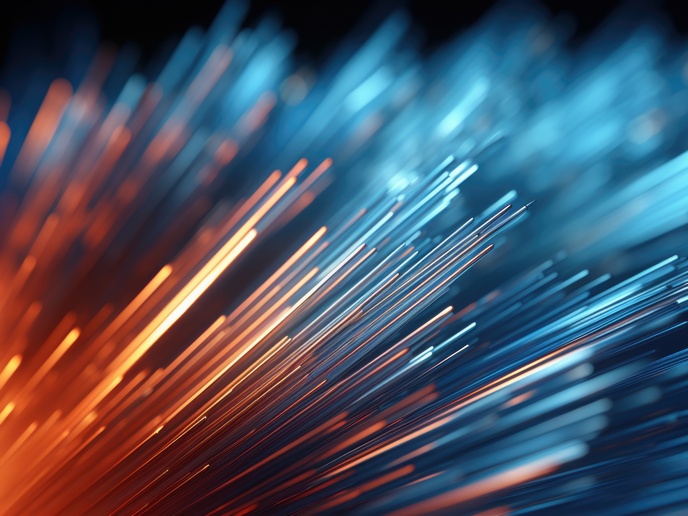Highly sensitive nanowires detect ion beams
Researchers supported by the EU-funded SuperMaMa(opens in new window) and ATTRACT(opens in new window) projects have reached an important milestone in the detection of protein ions with the help of superconducting nanowires. Their high energy sensitivity enables superconducting nanowire detectors to approach 100 % quantum efficiency and be up to 1 000 times more efficient in detecting protein ions than conventional ion detectors. They are also able to distinguish macromolecules by their impact energy, something that conventional detectors cannot do. This ability makes the more sensitive detection of proteins possible and provides additional data in mass spectrometry. The study(opens in new window) was published in the journal ‘Science Advances’. In fields such as protein research, diagnostics and analytics, scientists are called on to detect and analyse macromolecules. Their tool of choice in such cases is often mass spectrometry. This technique separates the ions present in a sample according to their mass-to-charge ratio and measures the intensity of the signals generated by a detector. However, conventional detectors only work efficiently for particles with high-impact energy, a shortcoming that the EU-backed research team has now overcome with superconducting nanowire detectors.
Excellent detectors
The scientists show for the first time how superconducting nanowires can be excellent detectors of protein beams in quadrupole mass spectrometry(opens in new window), where ions are separated based on the stability of their flight trajectories through an oscillating electric field in the quadrupole. “If we now use superconducting nanowires instead of conventional detectors, we can even identify particles that hit the detector with low kinetic energy,” explains study senior author Prof. Markus Arndt of SuperMaMa project coordinator University of Vienna, Austria, in a press release(opens in new window) posted on the university’s website. The nanowires’ superconductivity is what makes this possible. So how does this happen? As described in the press release, the “nanowires enter a superconducting state at very low temperatures,” losing their electrical resistance and allowing current flow without loss of energy. The incoming ions excite the superconducting nanowires, resulting in a return to the normal conducting state. During this quantum transition, the change in the nanowires’ electrical properties is interpreted as a detection signal. “With the nanowire detectors we use, we exploit the quantum transition from the superconducting to the normal conducting state and can thus outperform conventional ion detectors by up to three orders of magnitude,” explains first author Marcel Strauß, also from the University of Vienna. Nanowire detectors have an extraordinary quantum yield at low-impact energies. “In addition, a mass spectrometer adapted with such a quantum sensor can not only distinguish molecules according to their mass to charge state, but also classify them according to their kinetic energy. This improves the detection and offers the possibility for have better spatial resolution,” notes the first author. The discovery paves the way for new applications for nanowire detectors in areas requiring high efficiency and good resolution at low-impact energy. Both SuperMaMa (Superconducting Mass Spectrometry and Molecule Analysis) and ATTRACT (breAkThrough innovaTion pRogrAmme for a pan-European Detection and Imaging eCosysTem) projects have ended. For more information, please see: SuperMaMa project website(opens in new window) ATTRACT project website(opens in new window)



